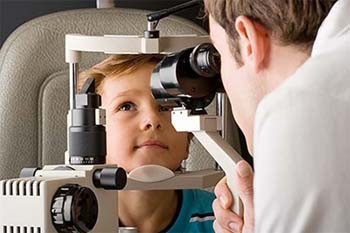You might have wondered at some point why there are some people whose eyes seem to be abnormally positioned. Some of them might have eyes that don’t look straight ahead, while others have eyes that dart into different directions when they’re supposed to be focusing on a single object.
Chances are that those people might be suffering from strabismus.
 |
| Image credit: cecraleigh.com |
Strabismus is a condition where the eyes are not straight and do not seem to focus on the same object. The abnormality may come in different forms. Sometimes, eyes can turn in (converging toward the nasal bridge) or out (diverging toward the ears). The condition is caused by the failure of the eye muscles to move accordingly or the inability of the eyes to focus properly. To date, about 4 out of 100 American children are affected by this condition.
 |
| Image credit: buzzle.com |
Ophthalmologists, such as Dr. Hitesh Patel of Edison, NJ and Dr. Brian Campolattaro of Clifton, NJ, usually diagnose strabismus during infancy or early childhood. If a kid is found with the condition, the doctor may discuss with the parents regarding the available treatment modalities that are applicable to the child. In some cases, children may just be prescribed with corrective glasses. In more advanced cases, however, surgery is necessitated to correct the misalignment. Kids who have developed ‘amblyopia’ may need to wear a patch over their good eye to build up the weaker one.
It is important to note, however, that promptness of treatment is of key importance in successful case management. Doing so will ensure that kids will grow up with optimal vision—free from the needless psychological repercussions resulting from the social stigma that come with the condition.
 |
| Image credit: efamilydoctor.info |
Dr. Hitesh Patel is a renowned ophthalmologist based in Edison, New Jersey. To learn more about eye conditions like strabismus, visit PatelEyeAssociates.com.


